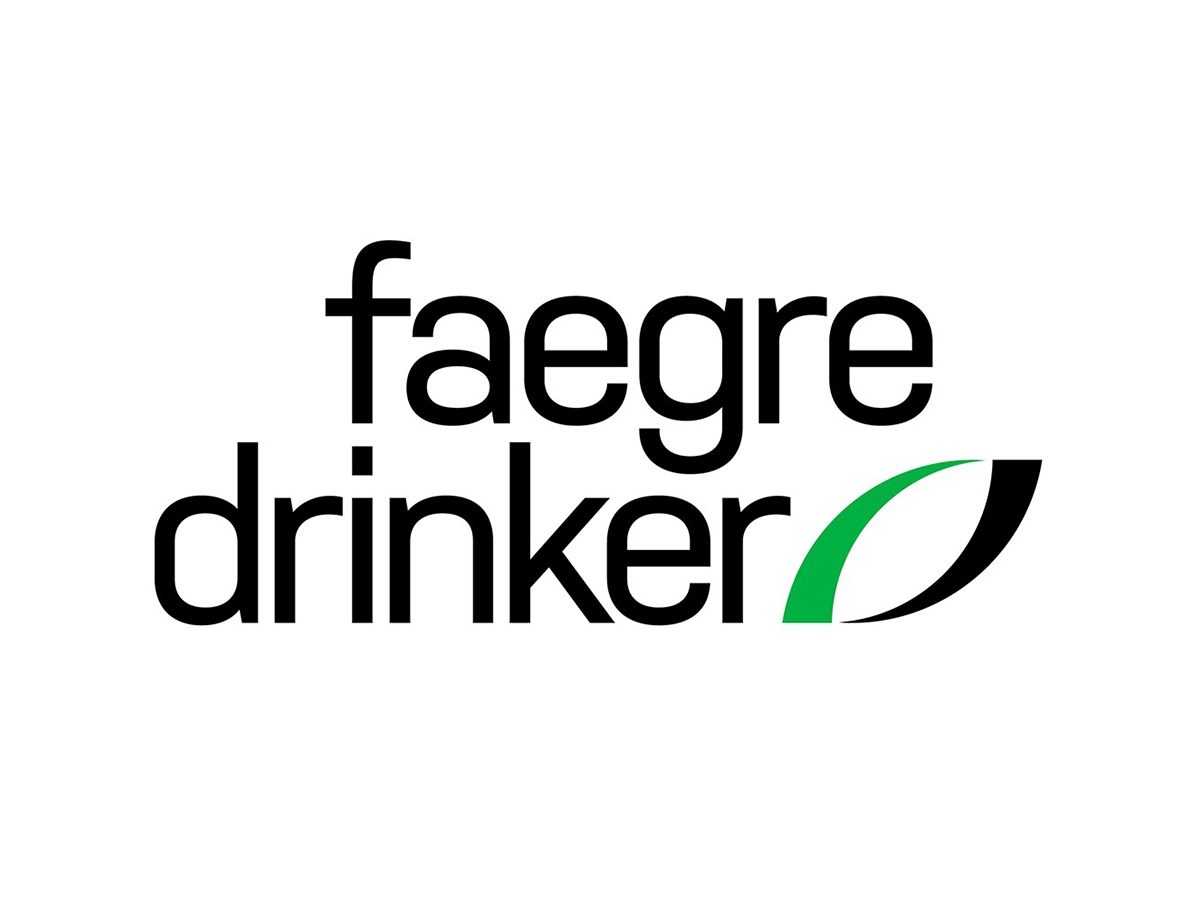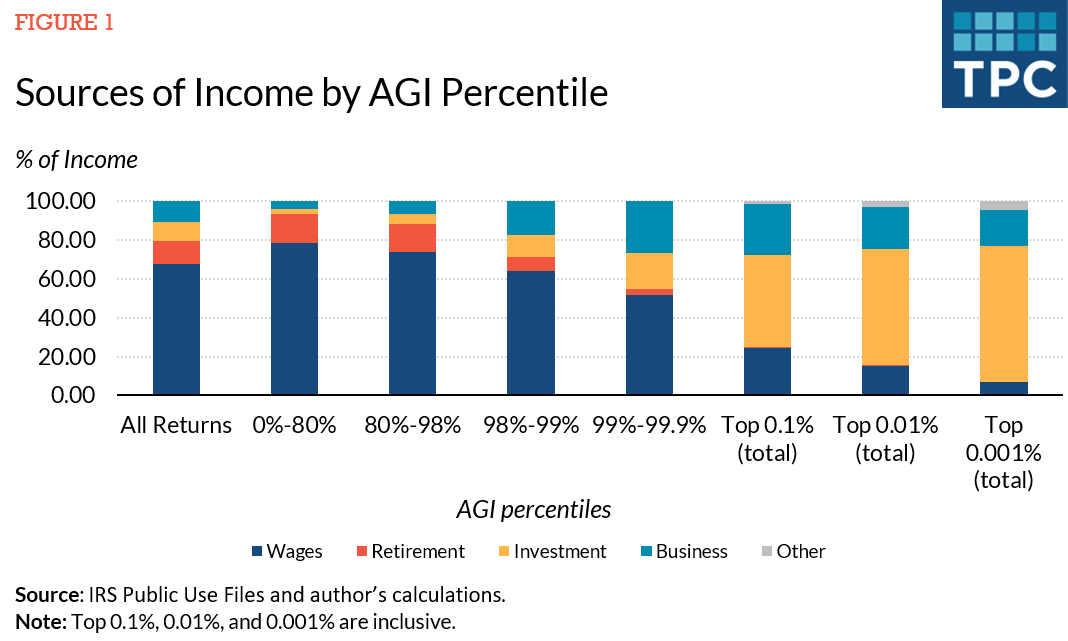The FTC’s Updated Endorsement Guides: Do They Say More Than We Already Know? | Faegre Drinker Biddle & Reath LLP
On June 29, the Federal Trade Commission (FTC) published its updated Guides Concerning the Use of Endorsements and Testimonials in Advertising (“Guides”), together with an FAQ document, FTC’s Endorsement Guides: What People Are Asking (“FAQ”). One day later, it announced its proposal for a new Trade Regulation Rule on the Use of Consumer Reviews and Testimonials (“Trade Regulation”). In the spirt of the FTC’s FAQ, we figured we would post a brief one of our own, highlighting some of the big changes (and non-changes).
Can you please explain what’s going on in one paragraph or less?
As background, the Guides explain the FTC’s view on the propriety of endorsements and testimonials made by third parties on behalf of advertisers under Section 5 of the FTC Act, which prohibits unfair and deceptive trade practices. The Guides were last updated in 2009. This update therefore brings a refresh and clarifies the FTC’s view on various scenarios that have arisen since 2009 given changes in technology and marketing practices. The Trade Regulation, by comparison, is focused on the narrow topic of fake consumer reviews, which are singled out because (a) they have been a particular focus of the FTC of late; and (b) the regulation would clearly entitle the FTC to seek civil penalties for violations (whereas its ability to do so under Section 5 of the FTC Act is somewhat murky).
OK, got it. So what are some of the big changes to the Guides?
It’s debatable whether much really qualifies as a major change; many of the “changes” are merely applications of established rules to new contexts or putting in writing what are already considered to be best practices. But some of the items you are likely to hear about include:
- The Guides broaden the definition of “endorsement.” The big takeaway here is that context can transform a statement that was not initially considered an endorsement into one. For example, tagging a brand in a social media post can be an endorsement, if a clothing article from that brand is featured in the post. A glowing movie review might not initially be an endorsement when written, but may become one if it is reposted by the movie producer or studio to promote the movie.
- The Guides expand liability for involved parties. The Guides make clear that potentially every link in the endorsement chain may be liable for a violation besides just the advertiser, including various intermediaries such as PR, marketing, advertising, reputation management and other creative partners, and the endorser.
- The Guides raise the standard for material connections disclosures. Material connections disclosures (i.e. disclosing the material relationship between the advertiser and the endorser) have long needed to be “clear and conspicuous,” but now are required to be “hard to miss,” and online disclosures “unavoidable.” This means, at minimum, the consumer cannot be required to click through screens, or take other actions to see material information. It also means that providing both an audio and visual material connections disclosure in audio-visual materials like Instagram and Snapchat stories is now likely to be the standard.
I’ve been playing in this space for some time and knew all of that already. Is there anything that would really surprise me here?
I guess that depends on you, but here are some interesting comments that caused us to head scratch a bit longer than usual:
- The FTC says if an influencer posts to social media a photo of herself wearing a dress she received from a brand, but does not tag the brand and says nothing about the dress, no disclosure is required. Our thought: maybe that’s true in some contexts – for example, if the photo shows her out at a restaurant with other people, and the dress is not featured – but we’re worried some may take this answer too far. What if she posts a closeup of herself in the dress highlighting the dress’s pattern and fabric? What if the brand is stitched on the dress itself and visible in the photo? What if someone asks for the dress brand in the post comments – can she reply? The FTC goes on to say (in its answer to a different FAQ) that simply posting a product photo may sometimes be viewed as an endorsement, so there will be some fine line drawing at play here.
- The FTC says that even when a gift of nominal value is given by an advertiser, or a free product with no expectation of getting something in return, a disclosure may be required. Our thought: we’ve run into this issue before with companies who engage in “product seeding” – but product seeding almost definitionally includes an expectation of “quid pro quo” on the part of the influencer who receives the gift. This seems to take things a step further.
- The FTC provides some updated examples of acceptable/unacceptable hashtags. Principally, there is a shift away from “single term” hashtags (i.e. #sweepstakes, #comped, etc.) towards “multiple term” hashtags with spaces between words (i.e. #XYZ_sweepstakes, #paid_for_by_XYZ, etc.) being acceptable. According to the FTC, single term hashtags generally do not communicate as clear a brand connection as the law requires. Our thought: this will take some getting used to. We would be surprised if it got double-digit percentage compliance numbers over the next year, and it will be interesting to see how the FTC enforces it.
There will of course be more to come on this exciting topic.
This article was written with assistance from summer associates Natalia Birriel-Fernandez and David Silverman.






